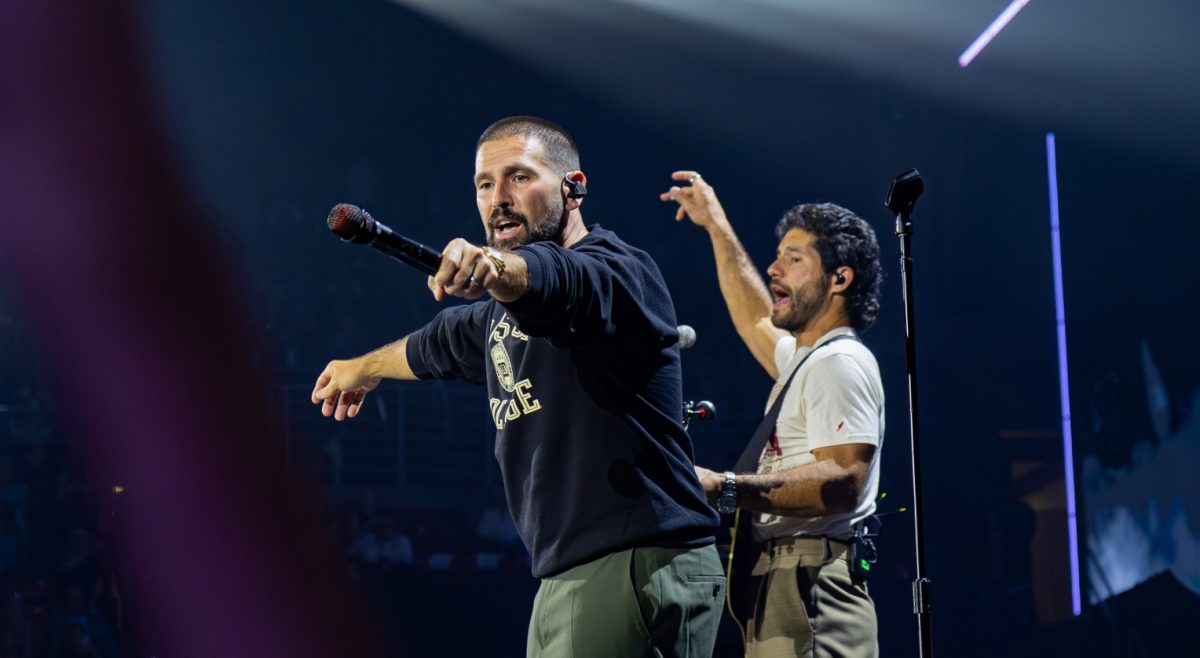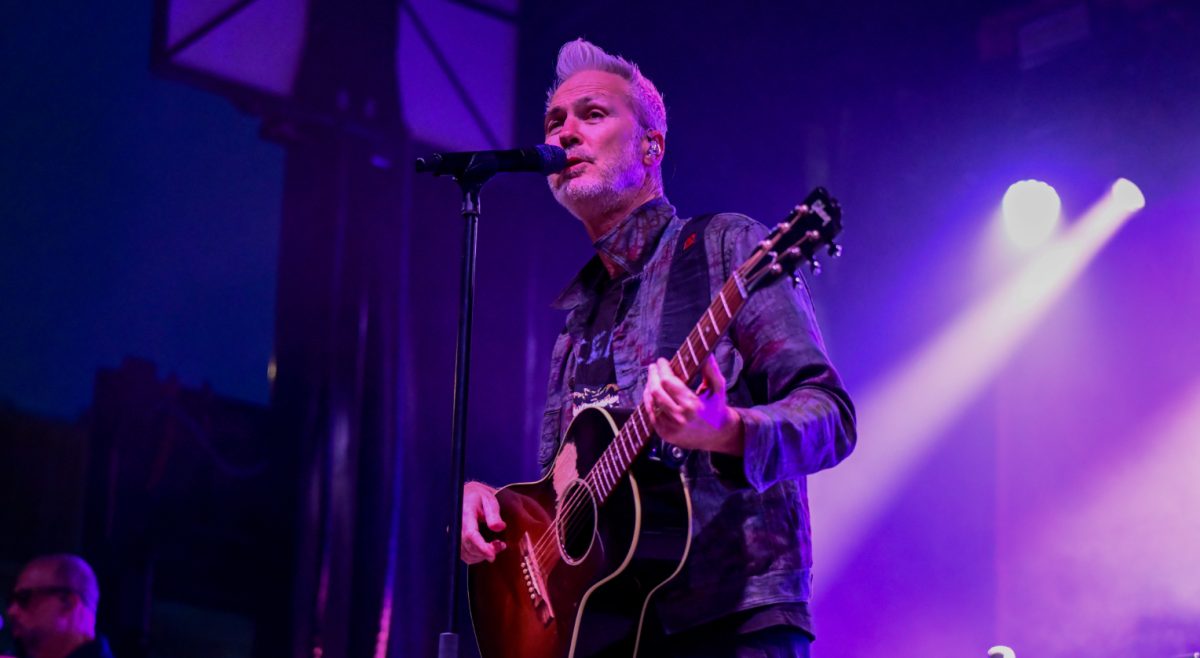Sexual assault is one of the most pressing issues on college campuses, and Boston College is no stranger to the devastation of sexual violence: A total of 39 rapes were reported at BC last year, 11 more than were reported in 2016. The #MeToo movement has created a space for women to share their stories of sexual assault with the expectation of being believed. For Salamishah Tillet, a professor in the Africana studies and gender, sexuality, and women’s studies departments at the University of Pennsylvania, sharing her story of rape through art is a source of profound healing.
Professors Regine Jean-Charles and Shawn McGuffey, co-instructors of the core renewal course “Where #BlackLivesMatter Meets #MeToo: Violence and Representation in the African Diaspora,” worked in conjunction with The Winston Center for Leadership and Ethics to bring Tillet and her sister Scheherazade Tillet, an artist and activist, to share their unique story of survival in a lecture titled “A Long Walk Home: Ending Violence Against Women and Girls” in Higgins 300 on Oct. 11. The Tillets did not stand behind a podium and deliver a long-winded speech about sexual assault—in keeping with the art therapy approach the Tillet sisters use in their treatment for sexual assault survivors, the two women engaged the audience with photos, videos, and open dialogue throughout the event.
Salamishah first publicly shared her story of survival in a University of Pennsylvania-based feminist newspaper Generation XX, but she found great release in art in the following years. Weeks prior to the publication of the story, which was titled “Hollow Body, Skin and Bone,” Salamishah told her sister she had been raped when she was a freshman at the university in 1992.
Scheherazade immediately began documenting her sister’s healing process through the lens of her camera. The resulting images are part of a collection titled Stories of a Rape Survivor (SOARS) and are charged with raw emotion: “A Long Walk Home,” the first image taken for the project that spanned more than a decade, depicts an out-of-focus Salamishah looking away from the camera with distress clear in her wide eyes. The image gets its name from a poem Salamishah wrote about the walk home the night she was sexualy assaulted.
Other images provide a look into Salamishah’s therapy sessions. “Hollow Eyes” is a close up of Salamishah on the day she ran into her perpetrator six years after the assault. A blank stare permeates the image, conveying the emptiness survivors often have to overcome after such a traumatic event. All black-and-white, the photos mark individual pit-stops on a long road to recovery, one that the Tillet sisters have taken together.
“I used the camera to go to therapy with her,” Scheherazade said.
The images have been featured in acclaimed documentaries NO! The Rape Documentary and Rape Is…, and also played a critical role in the Tillet sisters’ SOARS multimedia production that was performed on college campuses across the country in the early 2000s, including Salamishah’s alma mater. A trailer from the upcoming documentary SOARS showed clips of the performance, which includes powerful poetry and dance compositions.
Scheherazade drew upon the controversy of Brett Kavanaugh’s recent confirmation to the Supreme Court to convey why it was so important for the Tillet sisters to use performance art to tell Salamishah’s story of survival. The activist drew attention to the senators who replied to Christine Blasey Ford, a survivor of sexual assault, with “I believe you, but …” during the hearings.
“We [non-survivors] will never understand, but I wanted people to feel,” Scheherazade said.
Together, the sisters founded the nonprofit organization A Long Walk Home in 2003 to empower young people in Chicago to end violence against girls and women, and they continue to train young black leaders through the program. Keeping black women and girls engaged in the conversation is crucial for the activists—black girls are at the intersection of two defining movements of the decade: the #BlackLivesMatter and #MeToo movements. The organization also utilizes art therapy to allow the girls in the program to express their emotions surrounding sexual violence and other intersectional girlhood issues. Salamishah finds that art is not only a method of healing, but a vehicle for progress, and she aims to spread the use of art in activism to future generations.
“The artists have the answers that the law hasn’t caught up to,” Salamishah said. “In the space of the artistic imagination, you not only see the world as it is but as it could and should be. For me, art is where justice lives.”
Oct. 15, 8:45 p.m.: This post was updated to indicate the event was hosted by Professors Regine Jean-Charles and Shawn McGuffey, the co-instructors of “Where #BlackLivesMatter Meets #MeToo: Violence and Representation in the African Diaspora,” as well as The Winston Center for Leadership and Ethics.
Featured Image by Ikram Ali / Heights Staff













